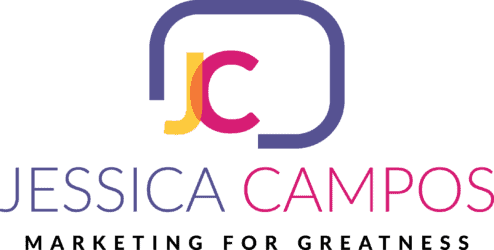From generating new sales leads to finding the perfect recommendation for a service, your sphere of influence can be the driving force behind your success as an entrepreneur.
Your sphere of influence is the fundamental marketing force behind your business success, and just like any other business keeps its fundamentals warm, you need to keep it warm for it to keep producing benefits.
If you’re wondering how to grow your SOI with your Instagram account, you’re so at the right place. Keep reading!
Your Sphere of Influence (SOI) Is Not Just About Your Close Friends
They say you’re the result of your closest 5 friends. While this is accurate, when you are in growth mode, meaning, you want to bring new clients to buy your products or hire you, your circle cannot be just those 5 closest friends. This is where the SOI comes handy.
To start your SOI, build a database of people you know (250). This includes everyone. Start with your phone, then check your social media channels. You will be surprised! Then, next to each name grade them A, B or C based upon the last time you spoke to them. Someone you grade an “A” would be someone you feel absolutely sure will refer you, a “C” is your long lost elementary school buddy that you haven’t talked to in over 20yrs.
Don’t worry is you can’t get too many A’s on that list. That’s about to change once you finish reading this article. So let’s keep going!
WARNING! Your database might get you excited and you might want to craft a pitch and send it to every breathing human being on that list. I beg you to please DO NOT do it. That is called spam and you will be burning connections instead. I don’t know about you, but, whenever I get a pitch from someone who I haven’t talked to in a while, I get very irritated. It makes me feel like they are all about a transaction and not the relationship.
The Confession Letter: How To Get Back In Touch With Old Friends
If you haven’t kept in touch with many of the people you know, don’t worry about it. Life happens, you move, new schools, jobs and you simply lose contact. How do you then call them out of the blue as if nothing had happened? This is where the confession letter comes in.
You craft a letter that admits to your friends or clients that you are taking a new approach to business that puts relationships first. You confess that you haven’t been as proactive in your personal communications as you would like, and that you’ll be keeping in touch much more regularly from now on.
For your various groups, the letter would be written appropriately for each. Try to customize it as much as you can. And one thing … by letter it actually means a real letter, printed, and mailed. Email and chat can work, but if you truly want to go above and beyond to make it up to that connection, it’s better to send them a letter.
Let’s get you committed to getting as many A’s on your database as possible, and here’s how.
Instagram Can Help You Expand Your Circles Easily
Since Instagram allows people to have public profiles, if you follow them, you will instantly get access to all their content. Note that this does not happen with Facebook or LinkedIn. So, there is no protective wall between you and your future best connection. Interesting …
So how can Instagram help you grow your SOI with individuals?
You will want to start with your database. Start with those A’s and B’s. Connect with them on Instagram. Then, navigate to the suggested connections.
One of the very common questions asked by Instagrammers is how actually Instagram determines suggested profiles? The people you see on your suggested list are sometimes familiar but most of the time they can be random people you do not know. There surely is an algorithm behind how Instagram determines suggested profiles to you.
Say, for example, you want to connect with people with high net worth. Start by being intentional about the connections you add. Don’t connect with random people, or profiles that don’t show high activity.
Monitor your follower count and quality. Once you have a good amount of the kind of audience you want to build, say, about 250 great connections, engage with them consistently. A great way to keep up with your connections is by adding them as close friends. In this way you will see notifications of your updates and it will be easier for you to stay in touch with your Instagram followers.
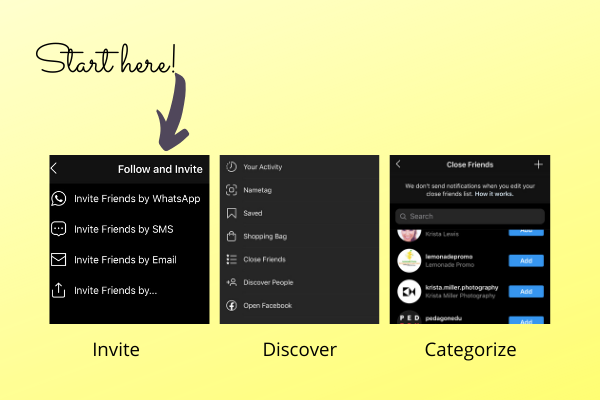
Follow this strategy, consistently, for about 2-4 weeks and Instagram will send you potential connections who have the same qualities of your current SOI.
But … Why Do People Unfollow You On Instagram?
In the early days of Instagram Marketing, everyone wanted ways to get more Instagram followers.
One of the ways to get those most wanted numbers was simply to follow people and then unfollow them so you could look like a celebrity.
Make no mistake, most micro celebrities earned that status following this method.
Have you ever received a message from a random person offering you followers for sale? I must admit, I tried that method and realized that it made no sense. Why would you want to add robots? Even when they tell you that you could get people to “follow” you for real, they will unfollow you.
The follow and unfollow game is part of the Instagram Marketing strategy. But for different reasons that, sadly, most business owners still can’t comprehend, due to the excessive misinformation out there.
It’s Ok To Unfollow Connections
- If you put some effort in engaging with them and they never reciprocate.
- If they are inactive.
- If they don’t have real pictures, especially their profile picture.
- If they share content that’s gross, repetitive, boring, and you sincerely dislike them.
- Those who are fishing for compliments.
Tips To Avoid The Unwanted Unfollow
- Share Instagram-worthy content. This is serious. Instagram is like a magazine. Your audience is not expecting to see your pictures of your scrapbook.
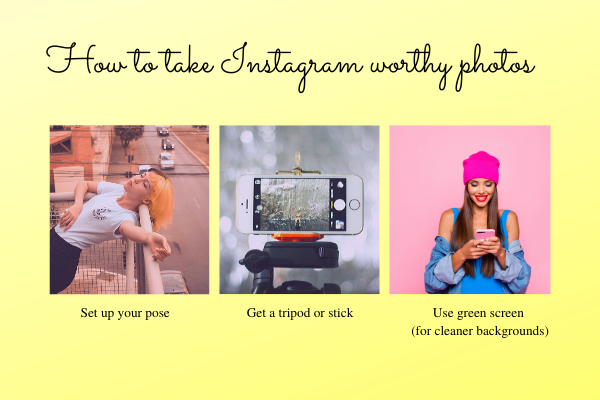
- Claim your authority and expertise, starting with your BIO.
- Be strategic with your content.
- Use hashtags to expand your reach.
- Engage in comments with like-minded individuals
A Pro Tip To Grow Your Sphere Of Influence And Nurture Those Connections (And Generate Leads On Instagram)
As a social media marketer with over 10 years of experience, I consider myself a master! When I hear tips and secrets, very often, they are not Instagram-only secrets. They apply to social media marketing in general.
One of the rules to generate leads is to engage in conversations just like in real life. Have a system to track the connections to follow up and get conversions.
Facebook allows you to edit your friends list so you can customize your notifications and feed. So does Instagram.
How do I turn notifications on or off for someone I follow on Instagram?
When you turn on notifications for someone you follow, you’ll get a notification every time that they share a photo or video. To turn notifications on or off:
- Go to their profile.
- Tap Following > Notifications.
- Tap next to one of the following to turn notifications on or off:
- Posts
- Stories
- IGTV
- Live Videos
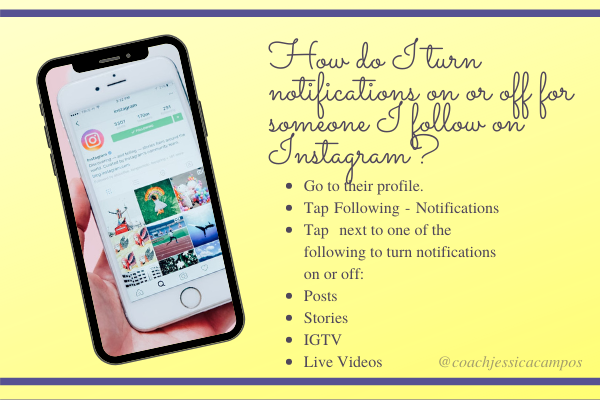
If you’d like to turn notifications on or off for multiple people, you’ll have to visit each profile and turn them on or off individually. Keep in mind that you may get a push notification when someone you follow shares something for the first time in a while, whether or not you have notifications turned on for that person.
People aren’t notified when you turn notifications on or off for them.
Learn more about managing your notification settings.
I wrote the Six Golden Rules of Social Media and shared the system I engineered and followed to generate multiple 7 figures in sales using social media marketing.
You might want to watch the recap of my 6 golden rules video!
Building your SOI using Instagram marketing will catapult your success. Especially because you can do it without leaving your home.
Don’t forget that consistency is key to seeing real engagement. You certainly want to have a long term vision for your Instagram marketing strategy, just like any other digital marketing activity.
Strategy Yes, Tactics No!
Gone are the days where marketers promise get-rich-quick tactics. And if you have been following those, I suggest you take the time to craft your Instagram Marketing Strategy.
If you want, let’s keep this conversation on social media.
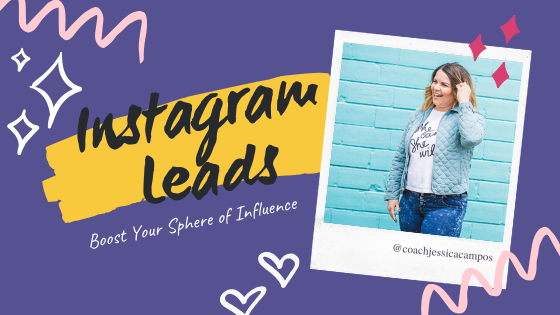
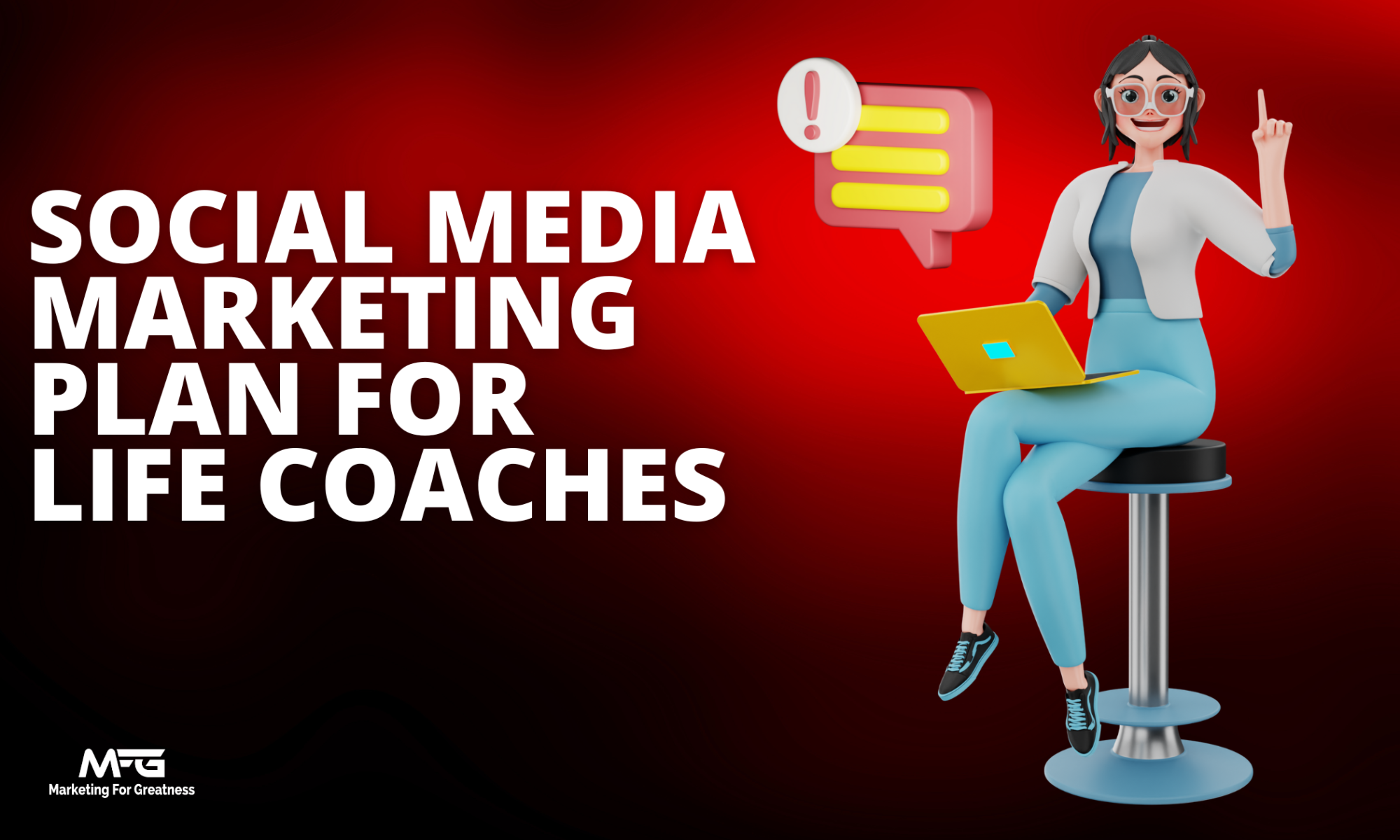

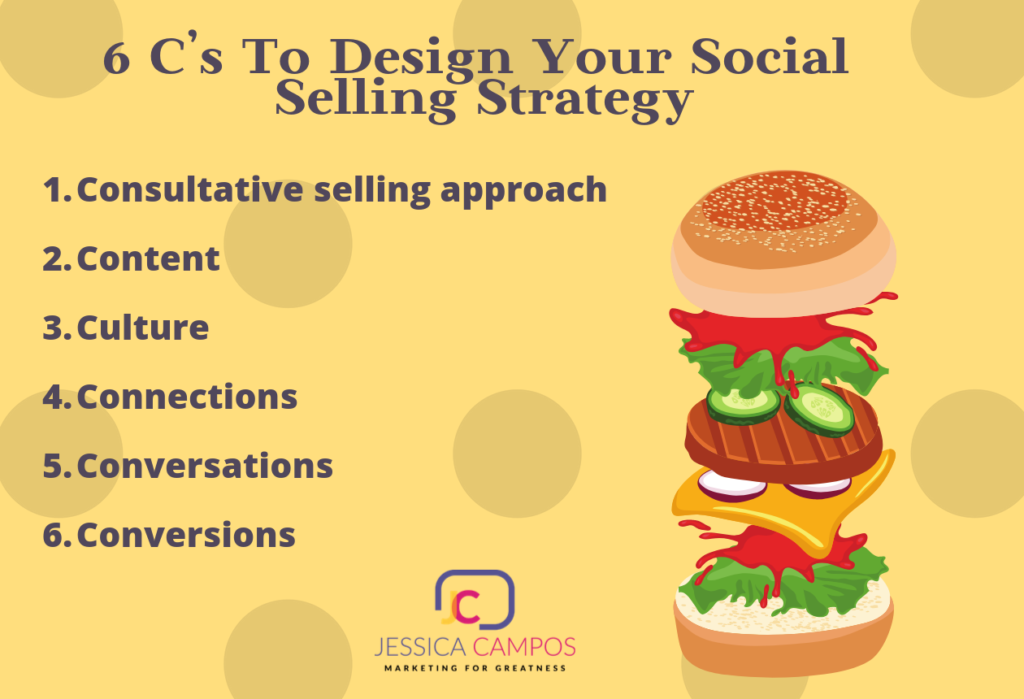
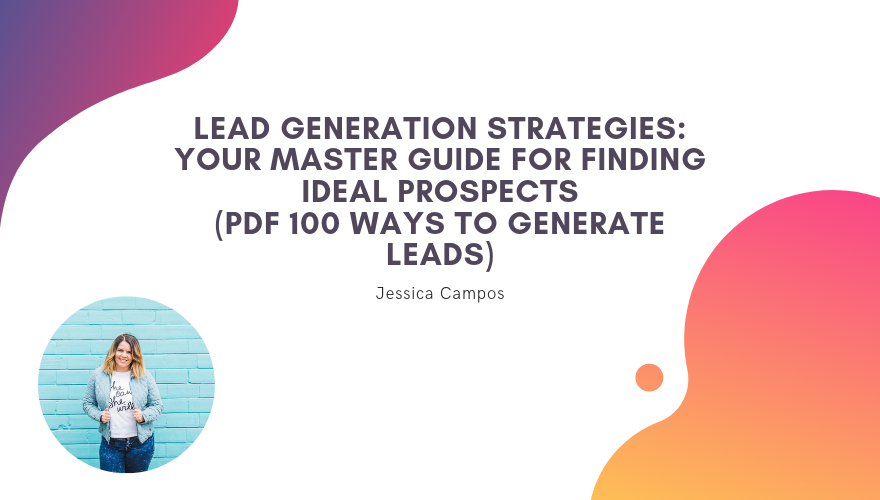


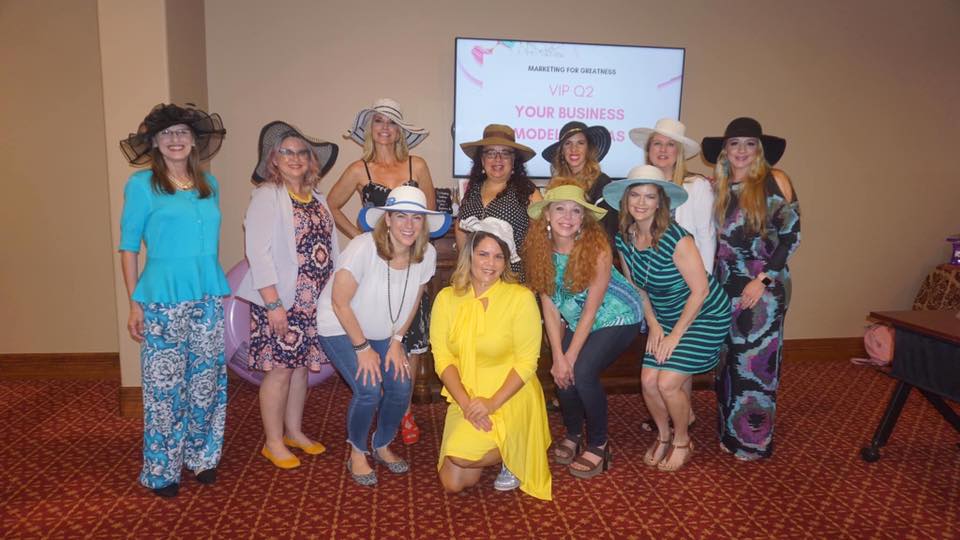 The Power of In-Person Interactions
The Power of In-Person Interactions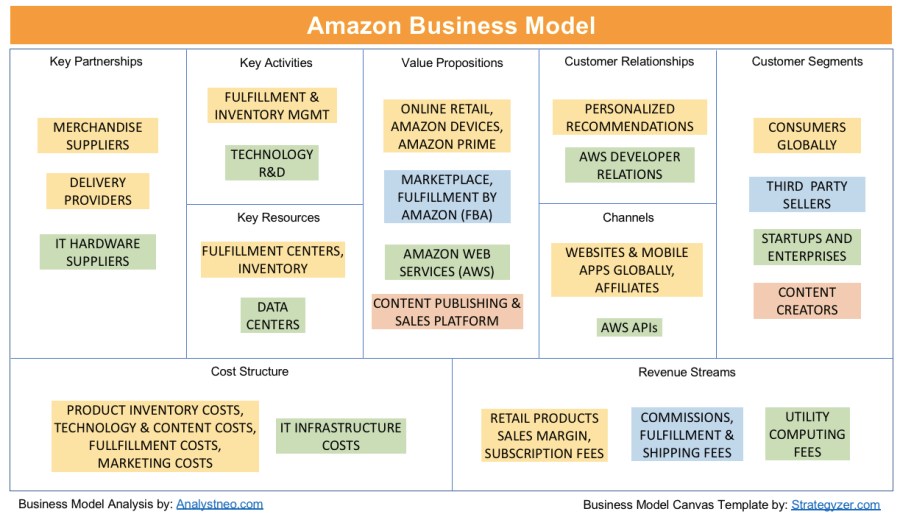




 When it comes to owning your own business, word of mouth referrals are gold. And, when you focus on building your business’s people-to-people connection, you create that “WOW” factor that gets your customer’s talking.
When it comes to owning your own business, word of mouth referrals are gold. And, when you focus on building your business’s people-to-people connection, you create that “WOW” factor that gets your customer’s talking.
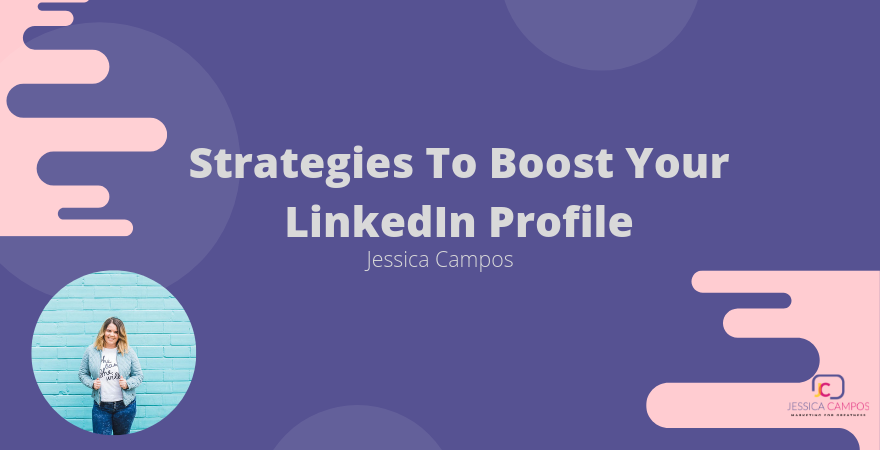
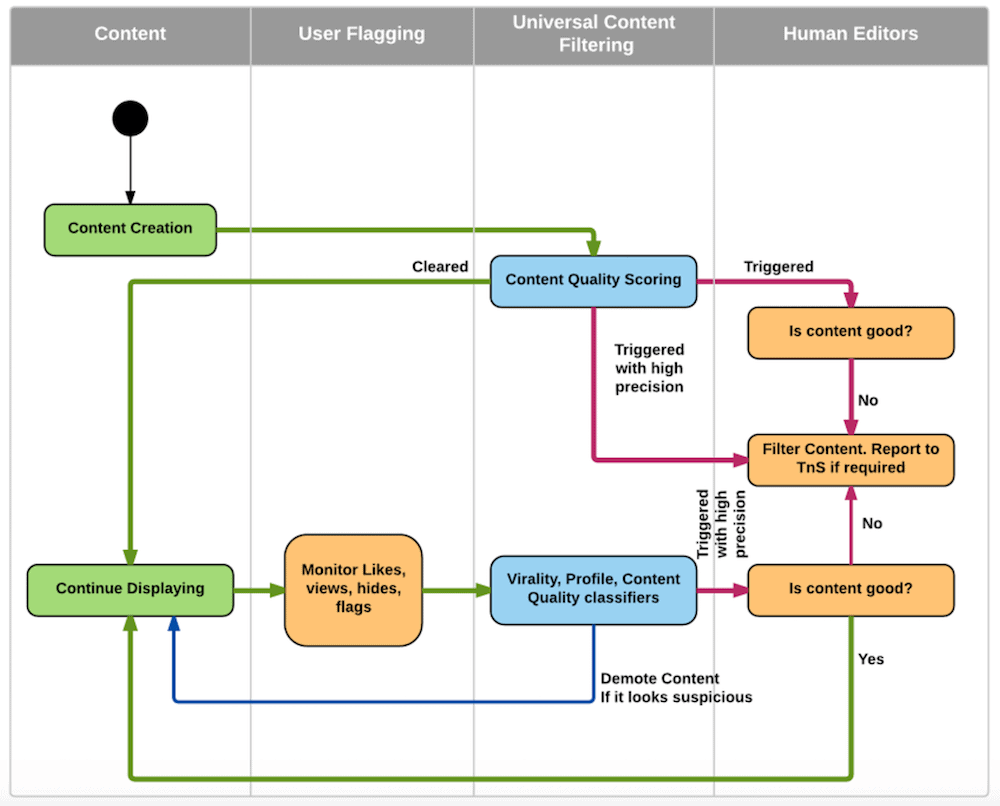






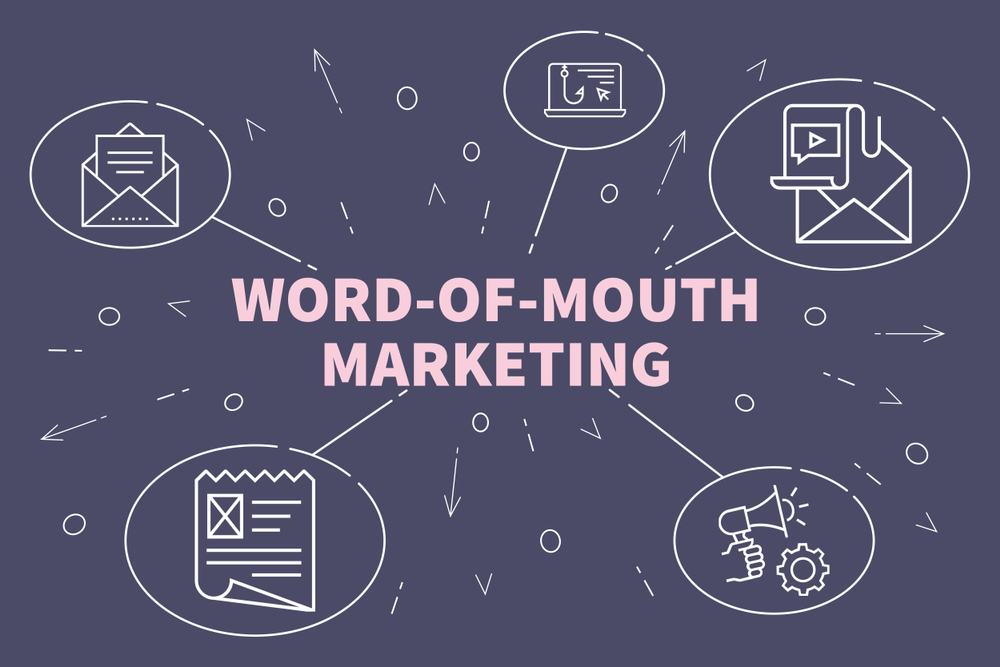

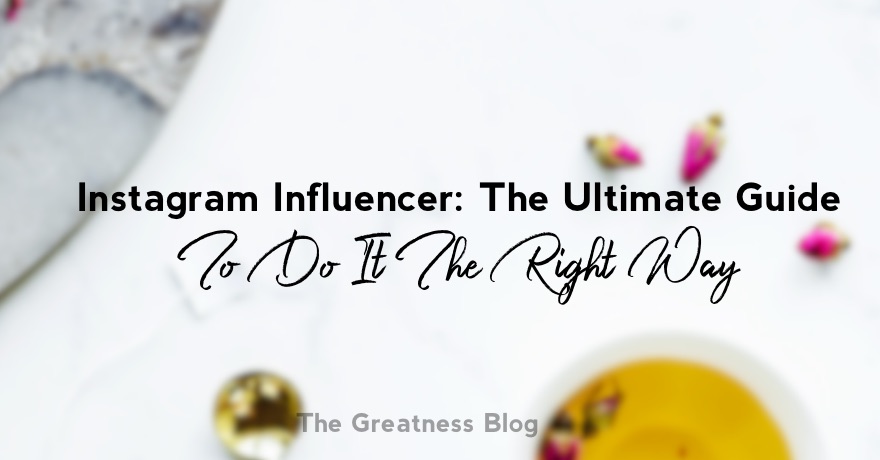


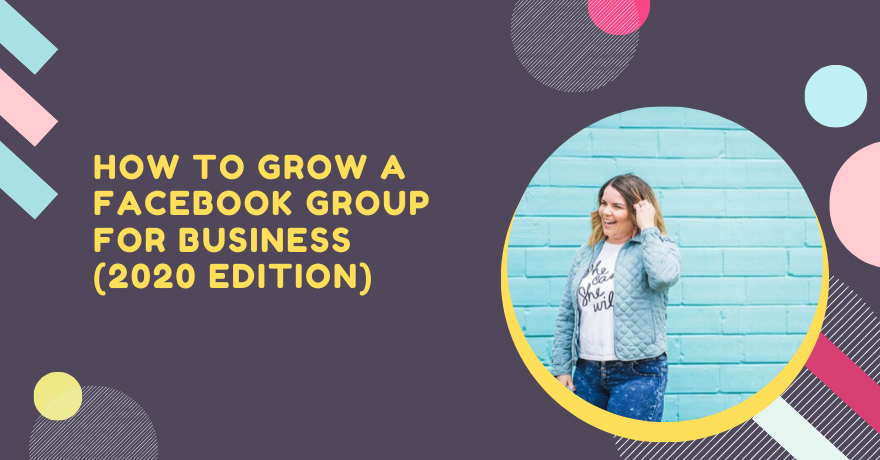


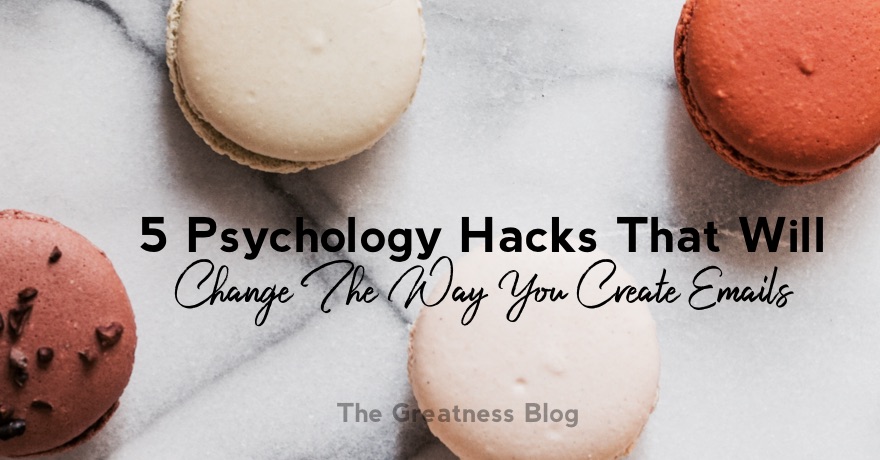
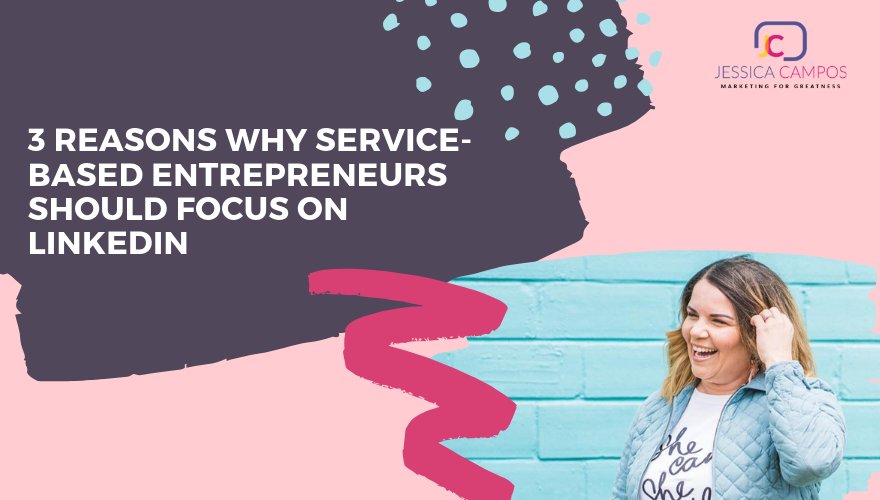




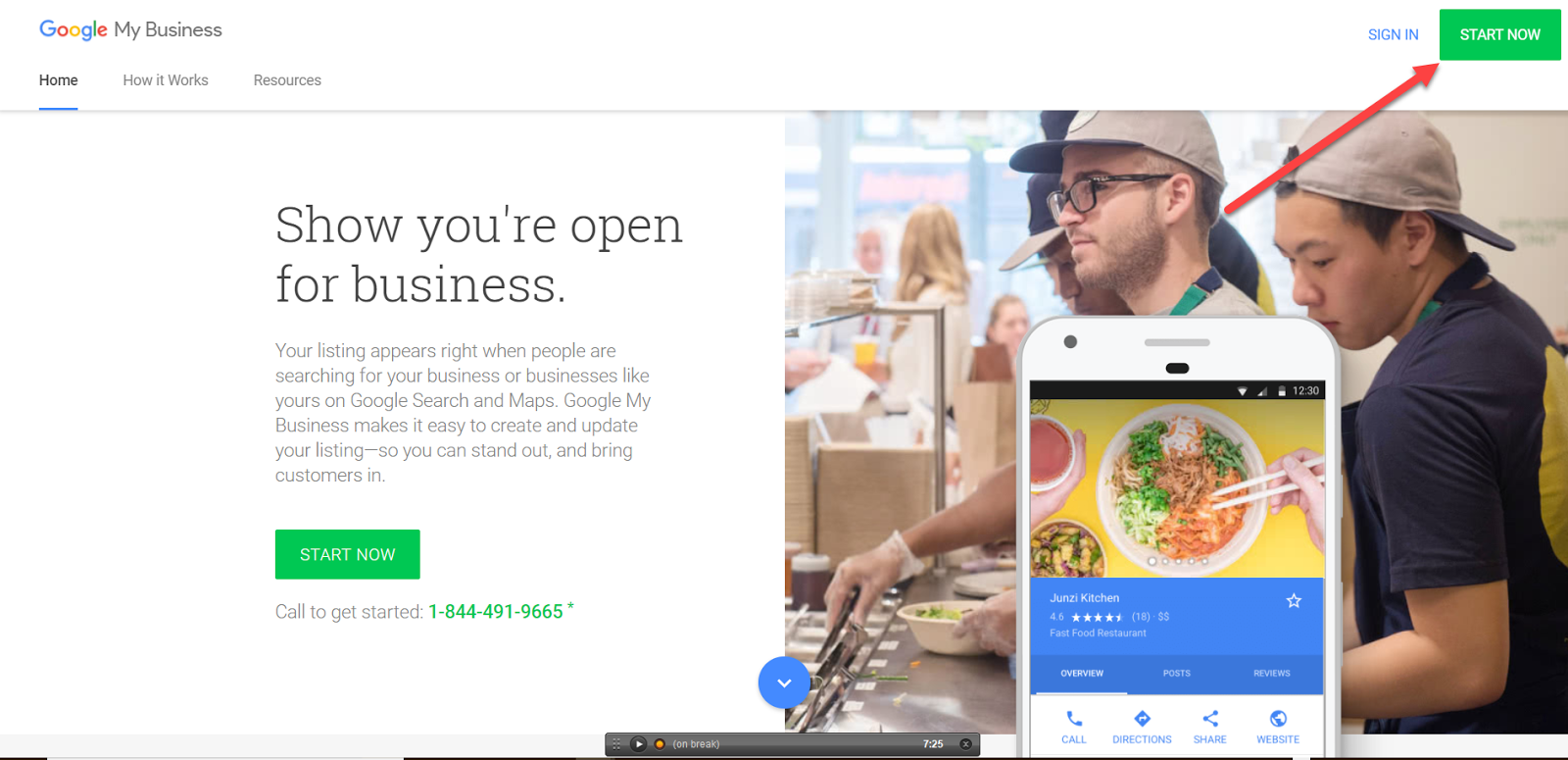



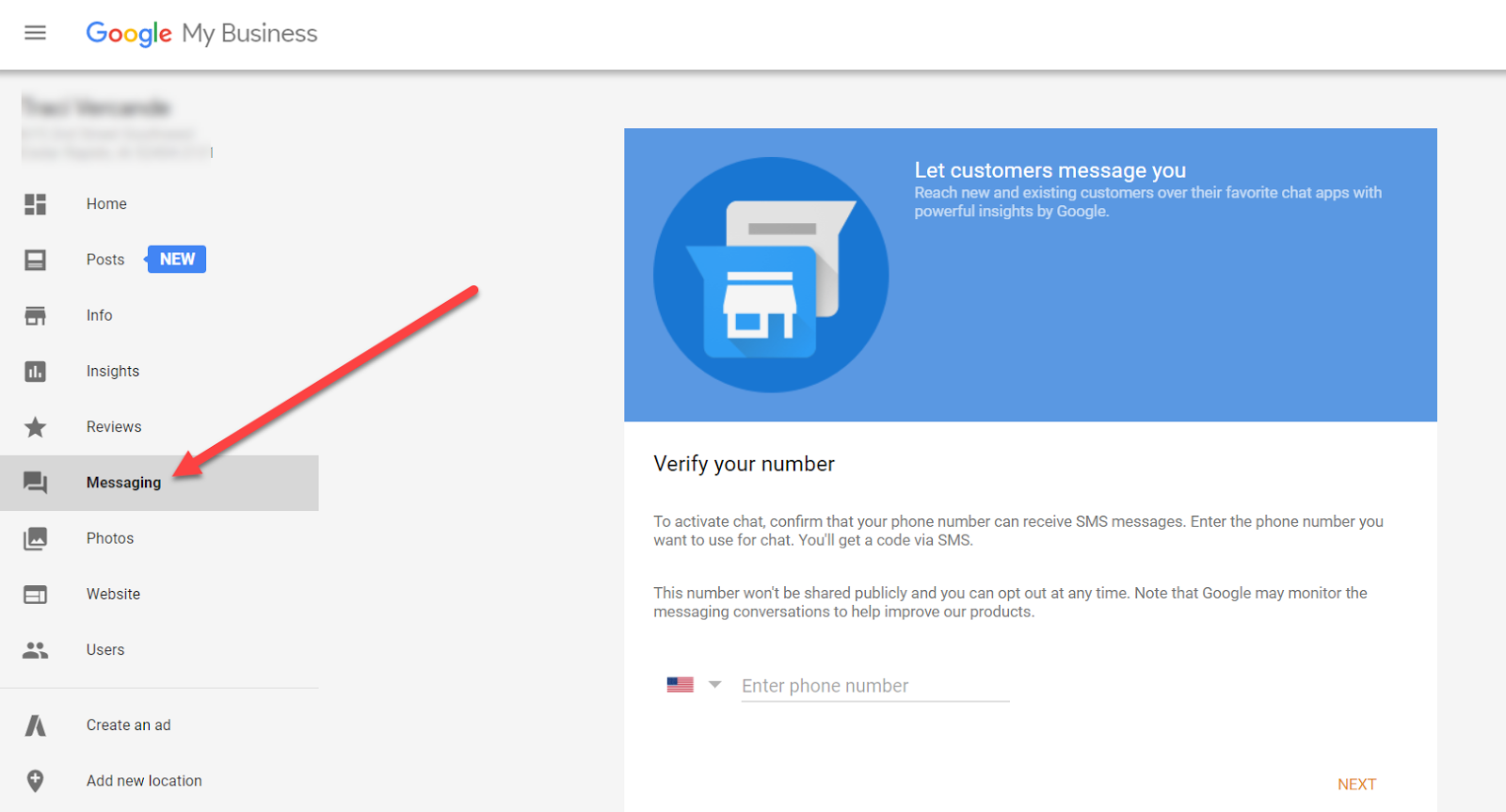



 Tag 3: Prospect
Tag 3: Prospect
 Tag 6: Client – Active
Tag 6: Client – Active





